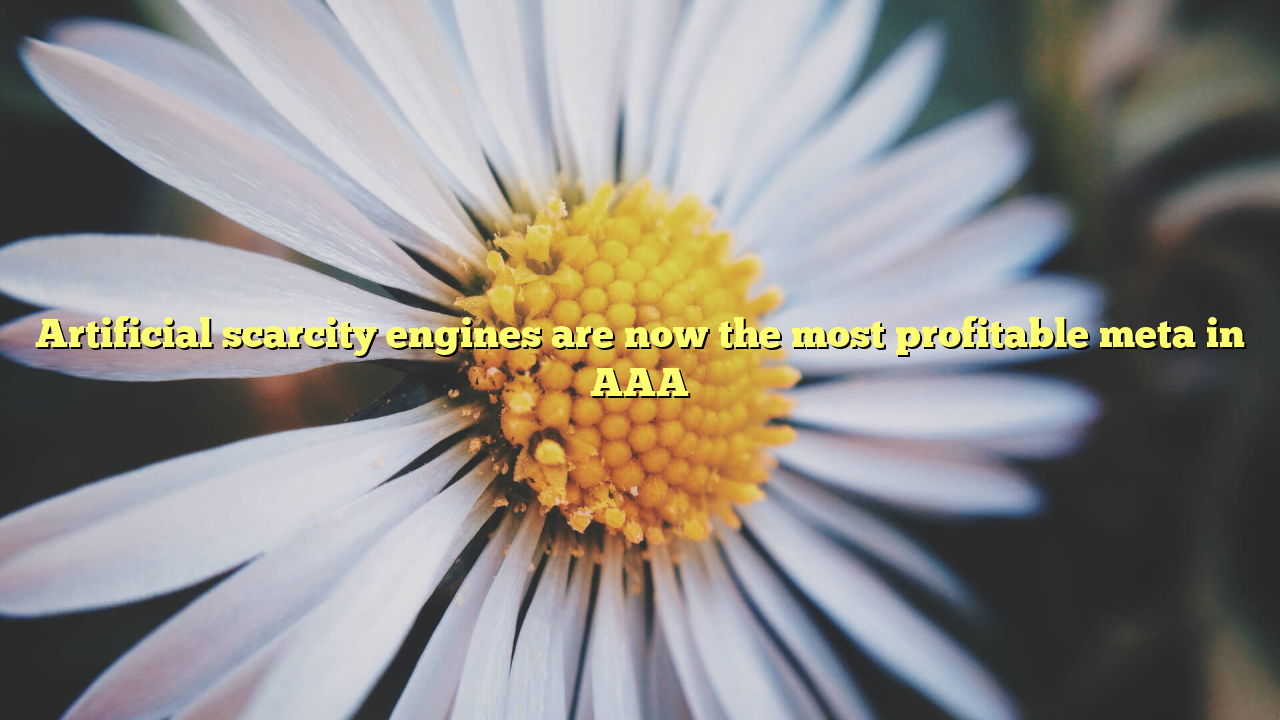Artificial scarcity — in games — used to be accidental. Server load, odd supply chain windows, accidental crash meta, weird build distribution timing. Now it’s engineered. It’s now deposit pulsa Naga169 a design P&L lever. And AAA is adopting this at pace — because it outperforms conventional “feature investment → retention expectation → content cadence” finance math.
Publishers and internal strategy teams are openly modeling scarcity as a unit-economics advantage, not a mechanical limitation. Capital efficiency improves faster by amplifying friction than by amplifying content. And it works in any 3 pillar class: item release economics, trading layer, and event window access. This is the part regulators will not understand fast enough.
What is happening now is: studios are making the floor of value meta deliberately unstable. You do not want stable equilibrium if you want infinite velocity. In finance, liquidity wants stability. In game trading / game utility layer — high velocity utility is higher revenue. So AAA is pushing systems to always create a shifting edge.
GaaS and live service especially — are building this into the primary economic engine. Instead of optimizing for large scale expansion content, they optimize for perpetual scarcity windows. This is significantly cheaper, significantly higher ROI, significantly more defensible.
Scarcity meta also increases survivability: late game slow down is now engineered as meta advantage. The system always has a new constraint. It’s an infinite treadmill that doesn’t require infinite content output.
From a RF perspective: real world analog is clear — AAA is basically executing monetary policy at a micro artificial universe scale. Dynamic supply shock simulation for profit. The best teams treat scarcity as a variable rate instrument. They are now effectively central banks.
This is why AAA capital markets analysts are shifting interpretive frameworks: content scale no longer defines valuation. Constraint engineering does.
And this pushes a hard implication for the next 5 years: studios who master artificial scarcity engineering become macro dominant even if their raw feature velocity is low. The winners will not be the ones with the most content. The winners will be the ones who control most belief.
Belief → pricing → optionality → new monetization extension classes.
F2P becomes more like digital energy economics than like content entertainment. Scarcity is now a financial instrument. Game designers are becoming monetary policy engineers.
The world is not yet ready for this conversation politically. Because eventually, if this continues — regulators will have to treat game economy design as regulated structured products.
If you control a universe — and can arbitrarily define scarcity — you have a capital advantage larger than any legacy media could imagine.
AAA knows this. They are executing it. And the strategic pivot to scarcity economics is now the most profitable meta in games globally.



